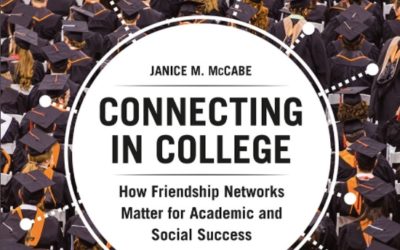
Earlier today, the White House released a fact sheet detailing the need to curb college costs and some proposed methods that may achieve such a goal.
The fact sheet was comprised of a few short paragraphs about the growth in tuition and fees, followed by multiple suggested measures the federal government could take to combat such a steep rise in college costs. Some of these are things that the Department of Education can do by itself (such as creating school performance rating metrics and informing students about loan repayment options), but most of the major policy points are legislative suggestions, presumably designed to be part of the forthcoming reauthorization of the Higher Education Act.
[Read the full fact sheet with all the measures proposed]
However, since most of these measures will not be able actually curb costs until they are passed through legislation, it is perhaps more interesting at the current moment not to review the proposed measures, but to instead review the case that college costs need some form of curbing.
Below, we have taken the case for curbing college costs straight from the White House fact sheet. In addition to the fact sheet text, however, we’ve compiled graphics that demonstrate the enormous rise in college costs over the past few decades. With text and graphics meshed together, one can see how burdensome the rise in tuition and fees truly is.
White House text in bold, all other text belongs to College Parents of America.
____________________________________________________________________________________________________________________________________________________
…Despite [previous measures] “college tuition keeps rising. The average tuition at a public four-year college has increased by more than 250 percent over the past three decades, while incomes for typical families grew by only 16 percent.”

[source for graphic: whitehouse.gov; source for tuition and fees increase: The College Board; source for salary increase: Bureau of Labor Statistics & Census data]
“Declining state funding has forced students to shoulder a bigger proportion of college costs.”
 [source: data and graphic from Center on Budget and Policy Priorities]
[source: data and graphic from Center on Budget and Policy Priorities]
“Tuition has almost doubled as a share of public college revenues over the past 25 years from 25 percent to 47 percent.”
 [source: data and graphic from Center on Budget and Policy Priorities]
[source: data and graphic from Center on Budget and Policy Priorities]
“While a college education remains a worthwhile investment overall, the average borrower now graduates with over $26,000 in debt.”

[source for graphic: CNN; source for data: The Institute for College Access & Success & College InSIght, particularly this this TICAS Study]
You’ll have to click off of our website to see this best graphic for this one. Click over to CNN and you can play with an interactive graphic that shows percentage of students by state that take student loans, and how much the average borrower in the state takes out in student loans.
Note: the statistic that the average borrower graduates with more than $26,000 in debt is from The Institute for College Access and Success—and that was for the class of 2011 [source]. Sadly, a recent fidelity investments poll actually suggests that this number will be more than $35,000 for the class of 201 [source].
“Only 58 percent of full-time students who began college in 2004 earned a four-year degree within six years.”

[source for data: US Department of Education NCES, 2012 Digest of Education Statstics]
Note: This oft-cited stat can be a little misleading, as it loses track of students who transfer to another college—roughly one in three according to one study [source]. It is advisable to say either nearly/roughly 4-in-10 fail to graduate with a 4-year degree OR specifically state that the 58% statistic concerns first-time, full-time students who get a four-year degree within six years from the same institution at which they first enrolled.
“Loan default rates are rising…”

Figure 9B: Federal Student Loan Two-Year Cohort Default Rate by Sector, 2000, 2009 and 2010, and Three-Year Cohort Default Rate by Sector, 2009
[source for graphic: The College Board; source for data: most recent US Department of Education data from 2012]
“And too many young adults are burdened with debt as they seek to start a family, buy a home, launch a business, or save for retirement.”

[source for graphic: The Cetury Foundation; source for data: federal Reserve Bank of New York Consumer Credit Panel/Equifax]
Note: To briefly explain the graphic: previously, those with student debts were more likely to have home-secured debt by age 30. While home-secured debt among all 30 year-olds has dropped precipitously in recent years, those with student loans have actually dropped below those without student loans.
____________________________________________________________________________________________________________________________________________________
Clearly, college costs need curbing. There’s a real debate about how to do that. As the debate renews over the next few months, College Parents of America will be sure to link you to quality analysis over various proposed and enacted measures. In the meantime, College Parents of America will continue to provide data on the need to curb college costs, as well as other key information that can benefit college families nationwide.



